On May 16, the National Museum of History in collaboration with the Institute of Asian Civilization Studies and CMYK Vietnam Co., Ltd. organized a special exhibition "Zen Dance - Buddhist Art of the Ly Dynasty: Heritage and Technology".
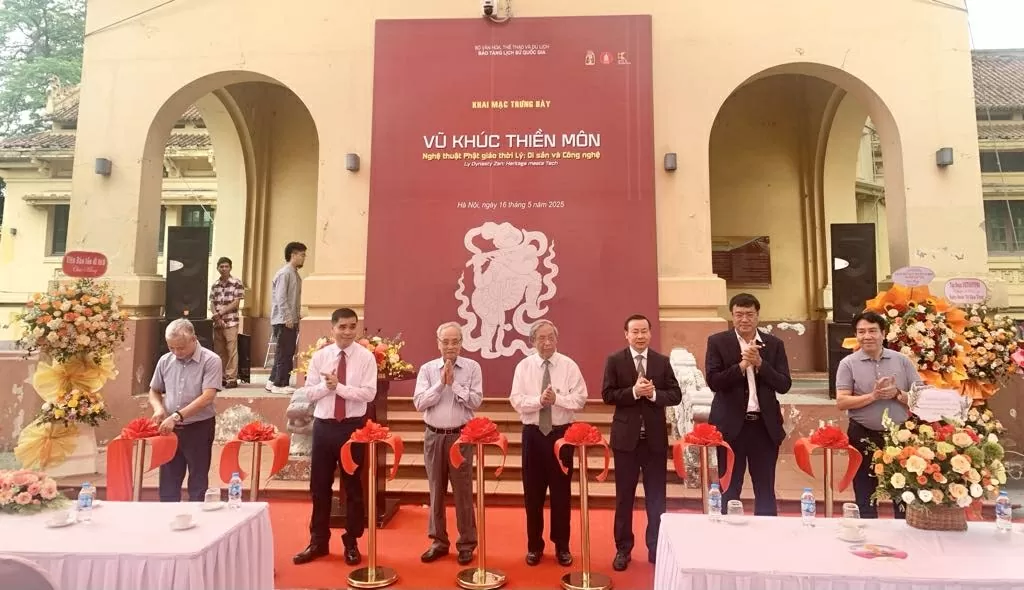 |
| Delegates cut the ribbon to open the exhibition. (Photo: Ha Anh) |
| Related News |
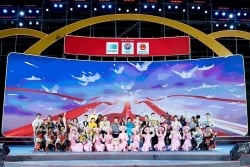 Vietnam-China friendship bridge in the city of red phoenix flowers Vietnam-China friendship bridge in the city of red phoenix flowers |
The event was held on the occasion of International Museum Day and Vietnam Science and Technology Day (May 18) and the 135th anniversary of President Ho Chi Minh's birthday (May 19, 1890 - May 19, 2025).
In his opening speech, Dr. Nguyen Van Doan - Director of the National Museum of History, said that in its nearly 2,000-year history of development, Vietnamese Buddhism has had a lasting and profound influence on all aspects of social life.
During the Ly Dynasty (1009-1225), Dai Viet was a developed and prosperous country in the region and Buddhism became the official ideology, strongly influencing history, culture and art.
Dr. Nguyen Van Doan emphasized: "On that journey, Vietnamese Buddhism has left behind many unique cultural heritages including the system of space, pagoda and tower architecture, sculptures, statues, pottery, literature, music and many Buddhist rituals, making worthy contributions to the rich art treasure of the nation".
According to the Director of the National Museum of History, Buddhist art during the Ly Dynasty (11th-13th centuries) was the pinnacle of Dai Viet fine arts with a unique combination of Zen spirit and indigenous culture, royal art and folk culture.
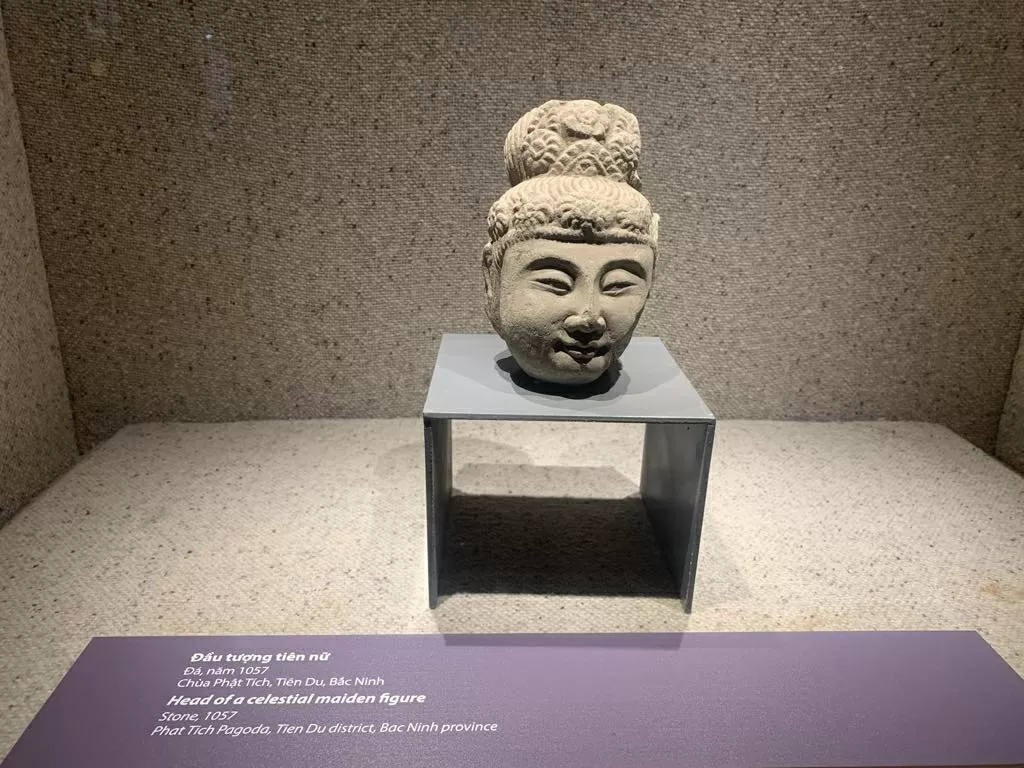 |
| The "Fairy Head" artifact from 1057, on display at the National Museum of History. (Photo: Ha Anh) |
The architecture of pagodas and towers during the Ly Dynasty was not only a religious work but also an artistic work expressing Buddhist philosophy and advanced techniques, imbued with Vietnamese identity and at the same time expressing the absorption of exogenous cultural elements.
Typical among them are the "national temples" built such as One Pillar Pagoda, Bao Thien Tower, Dam Pagoda, Phat Tich Pagoda, Long Doi Pagoda...
Sculptures of this period with techniques of making round statues, reliefs, embossments, and filigree carvings were created in soft, graceful, balanced, harmonious, highly stylized shapes but still retained natural features.
Ceramics in Buddhist art of the Ly Dynasty with ivory white glaze, brown glaze, brown flower, and jade glaze. The main decorative techniques are intaglio engraving, unique enameling, printing molds, embossing... with typical patterns related to Buddhism: lotus, chrysanthemum, phoenix, dragon, dancer...
Besides, music and dance became the means of spreading the doctrine and practicing rituals; the musical instruments and melodies were influenced by great cultures such as India and China but were deeply Vietnamized. Buddhist rituals were solemnly held with solemn music under the patronage of the royal court.
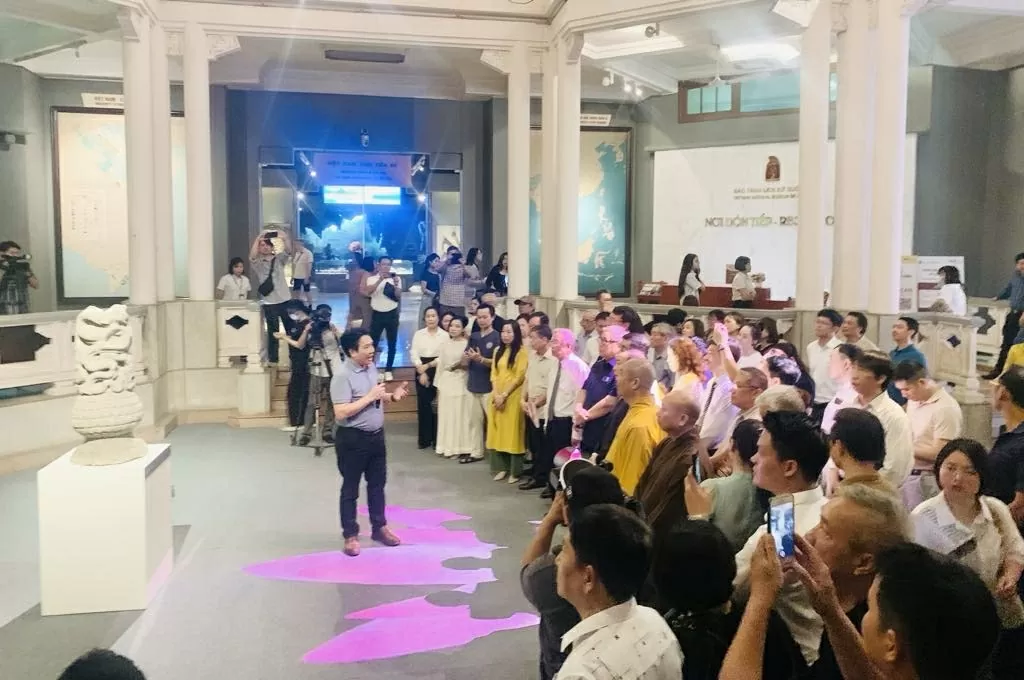 |
| The exhibition is open to the public until July 2025. (Photo: Ha Anh) |
Through digital technology with interpretations and projections using 3D mapping, hologram, digital revival, gauze projection techniques, this exhibition aims to contribute to the restoration, regeneration and revival of precious cultural heritages, bringing visitors new and more attractive experiences.
The organizers hope that the event will help the public understand and appreciate more deeply traditional cultural values, contributing to raising awareness of preserving and promoting national cultural values.
Source: https://baoquocte.vn/kham-pha-nhung-gia-tri-dac-sac-cua-nghe-thuat-phat-giao-thoi-ly-314567.html


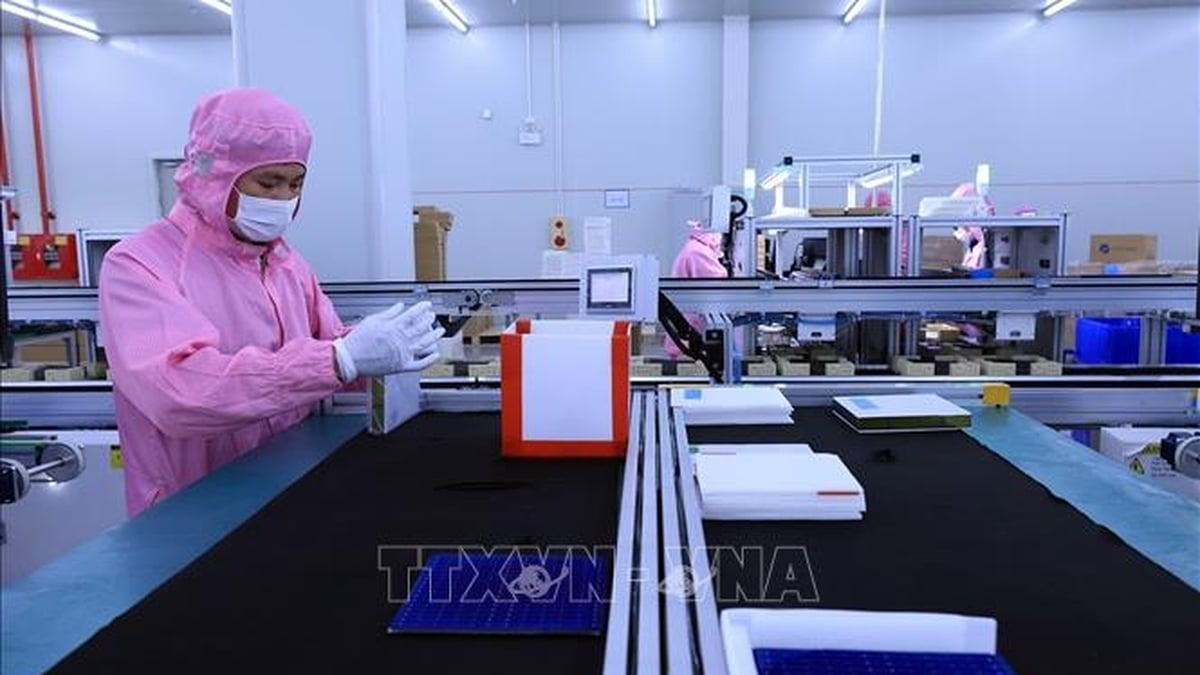
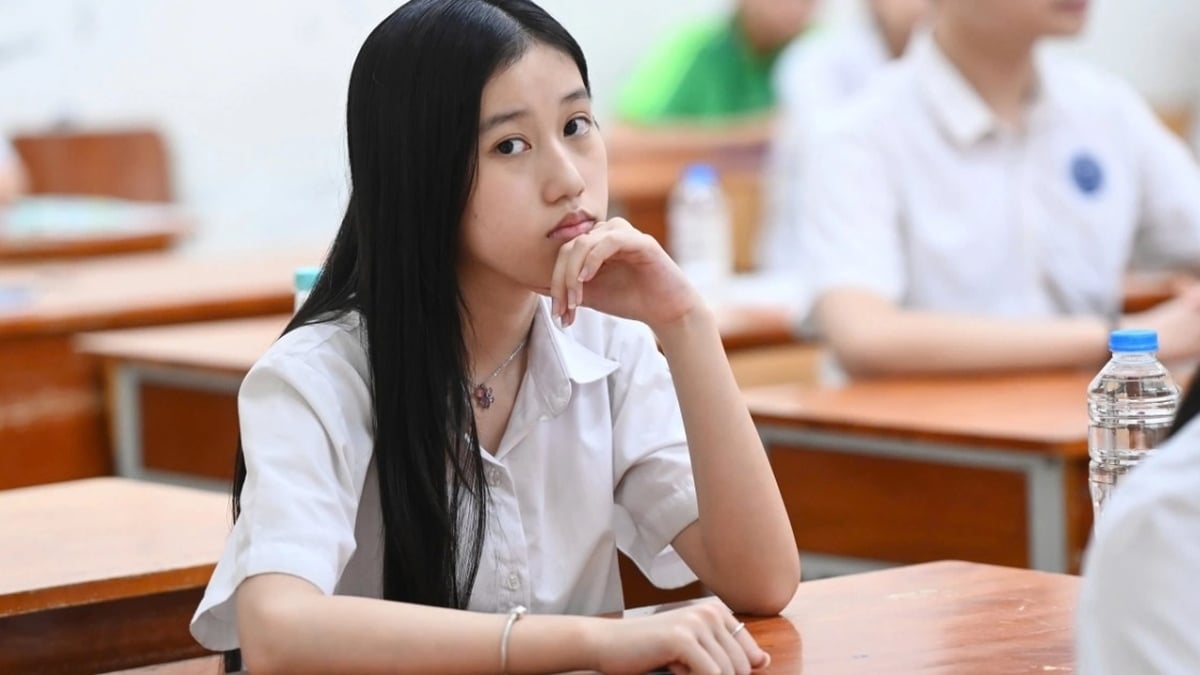
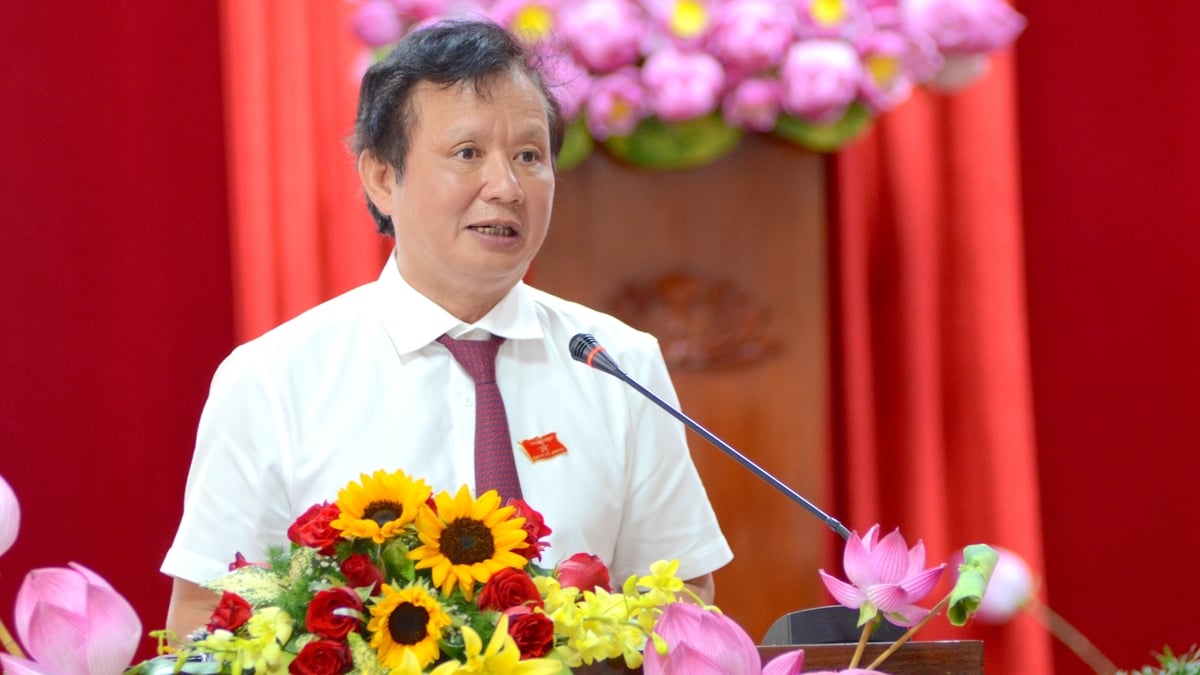

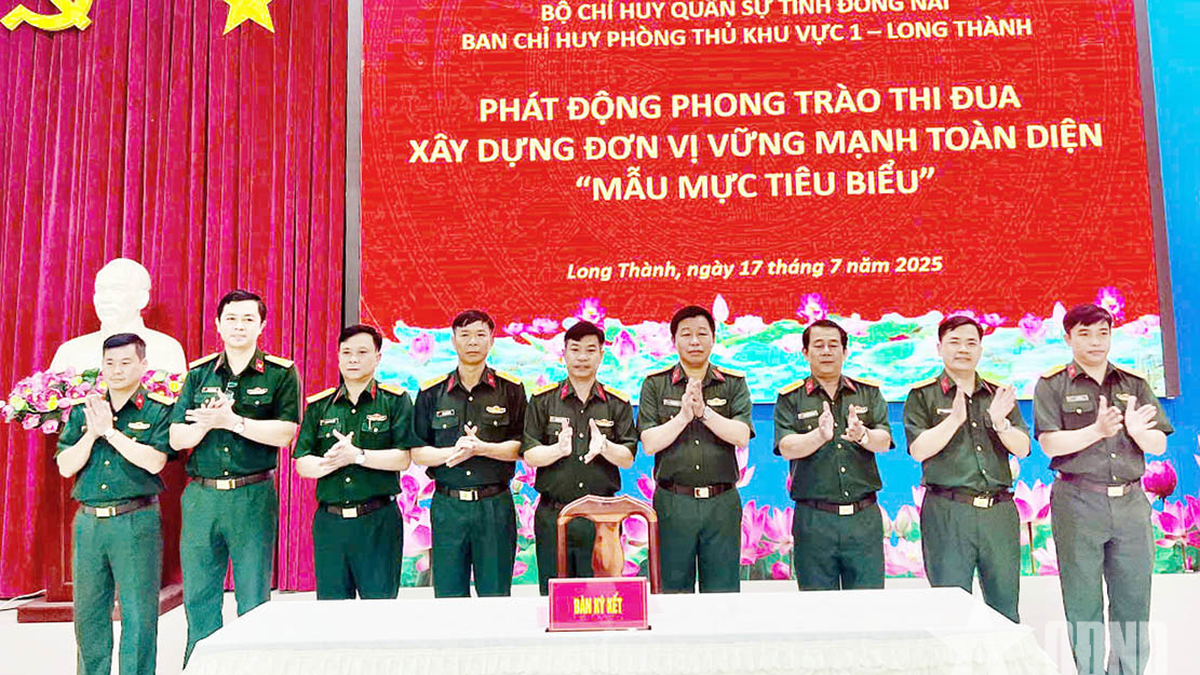
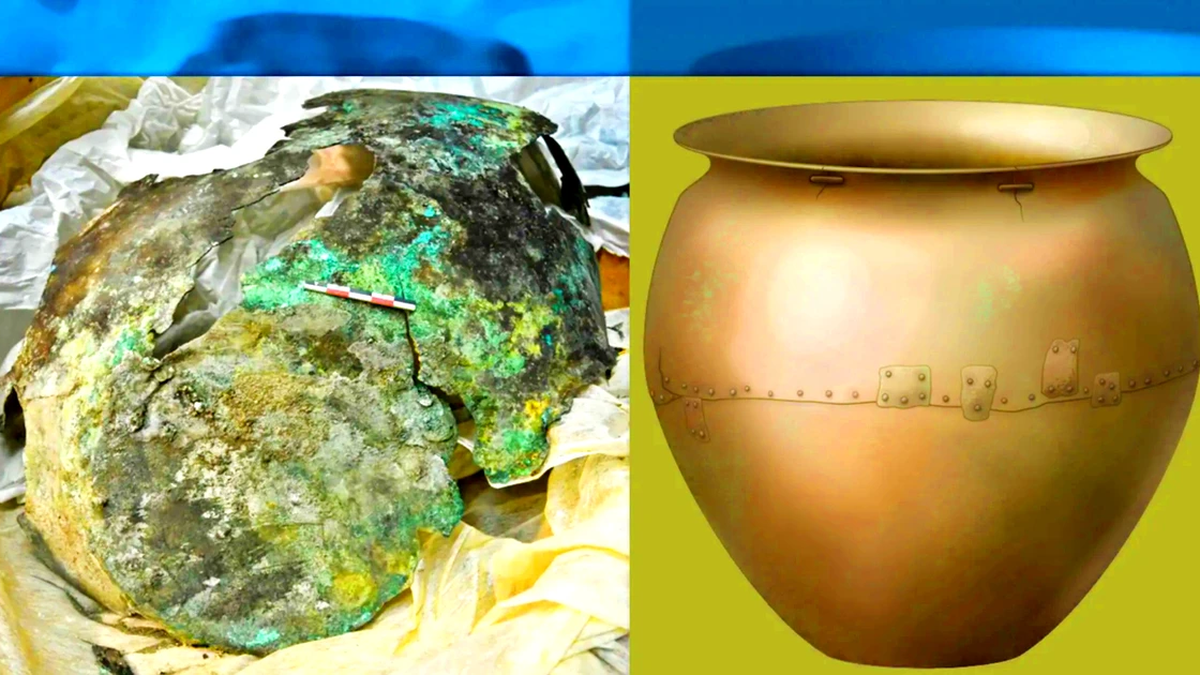
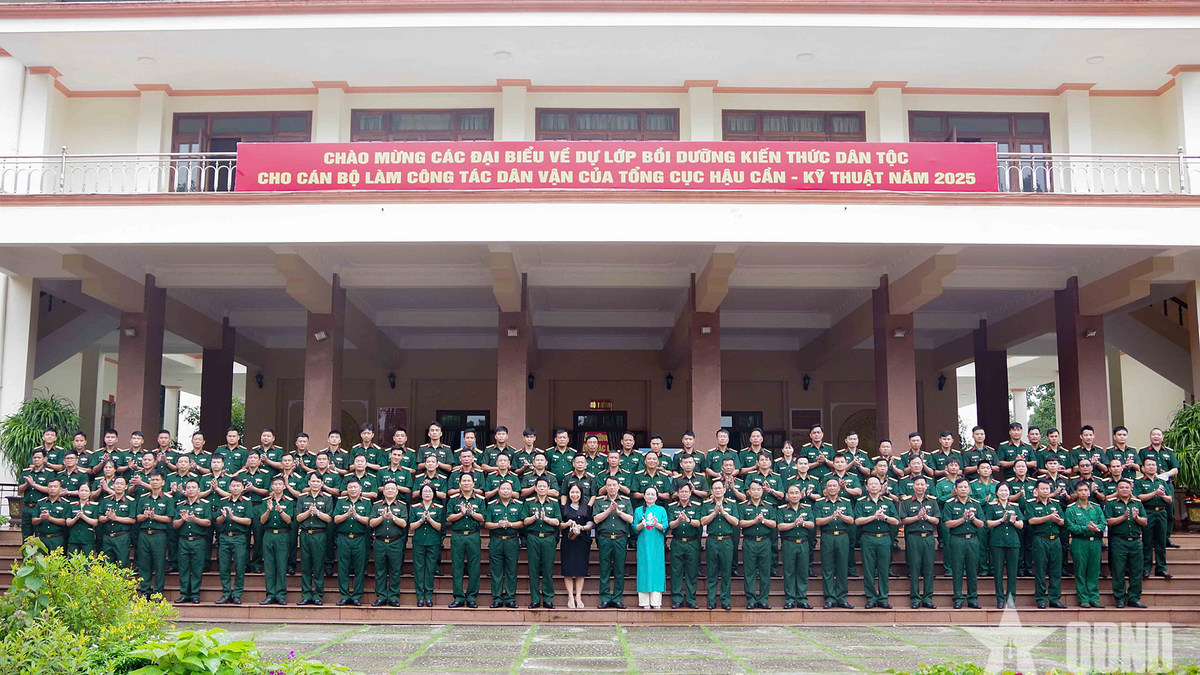





















































![[Maritime News] More than 80% of global container shipping capacity is in the hands of MSC and major shipping alliances](https://vphoto.vietnam.vn/thumb/402x226/vietnam/resource/IMAGE/2025/7/16/6b4d586c984b4cbf8c5680352b9eaeb0)



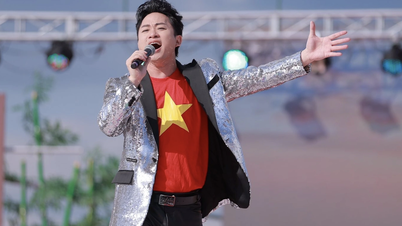


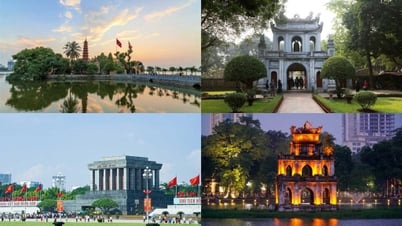
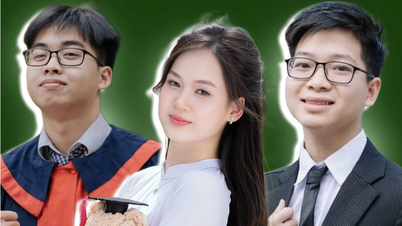





























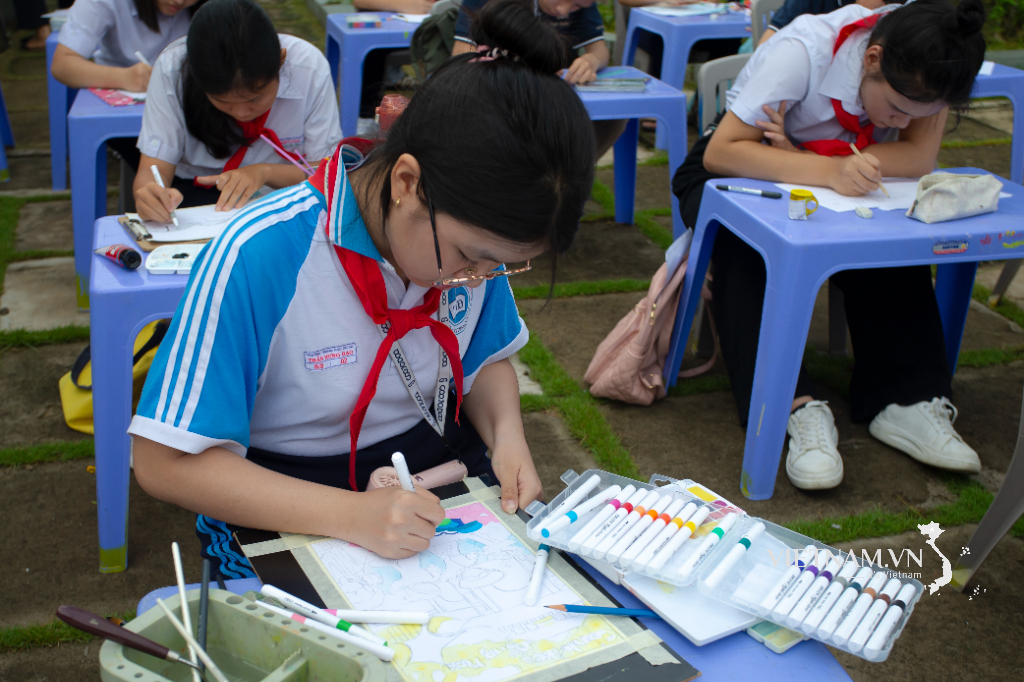
Comment (0)